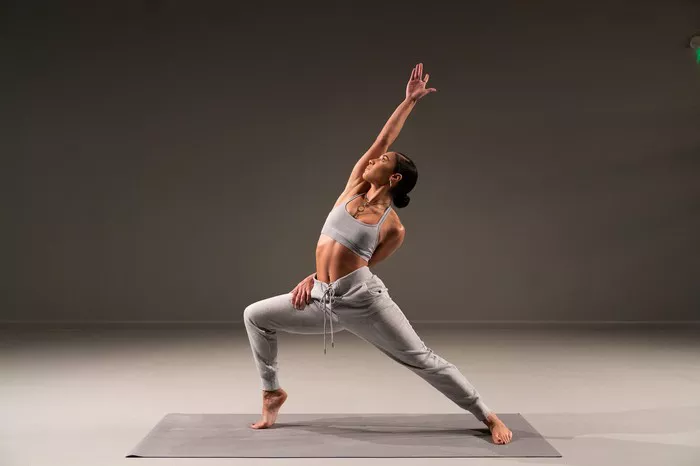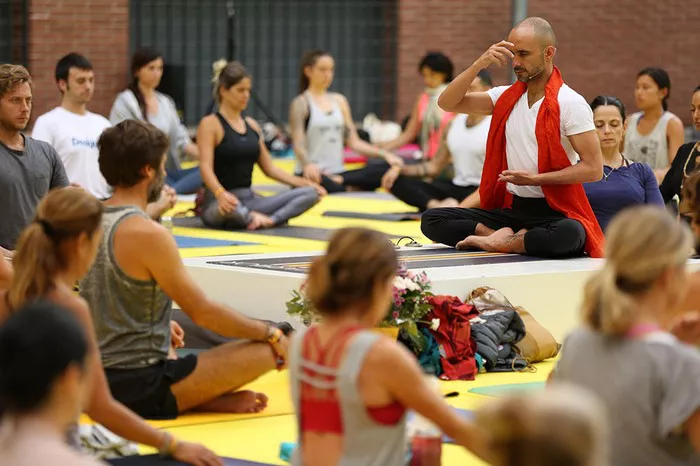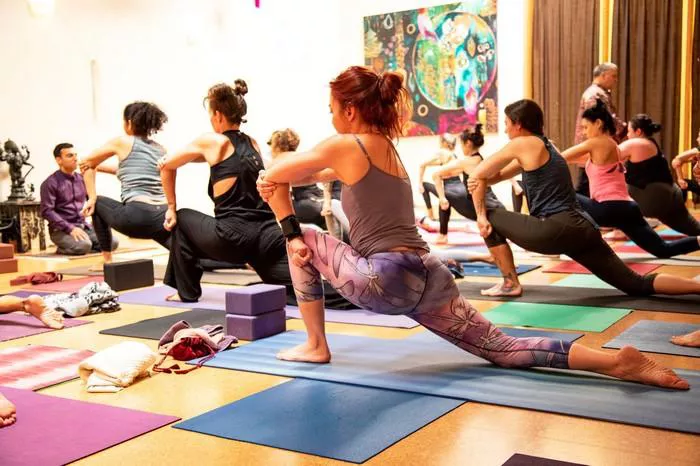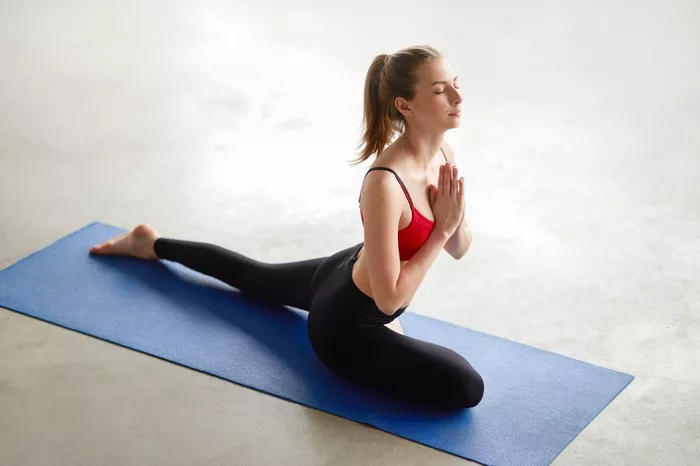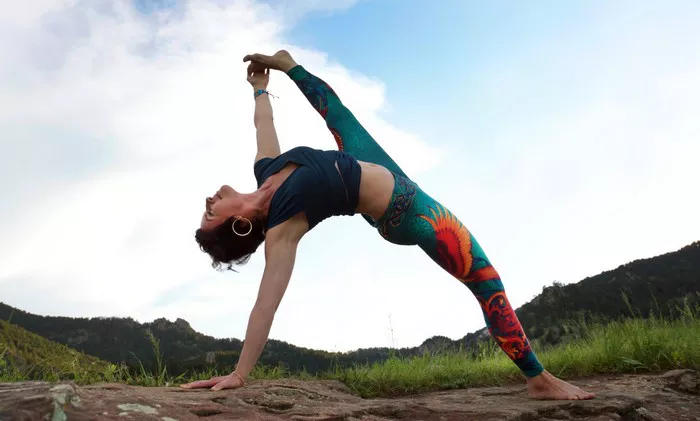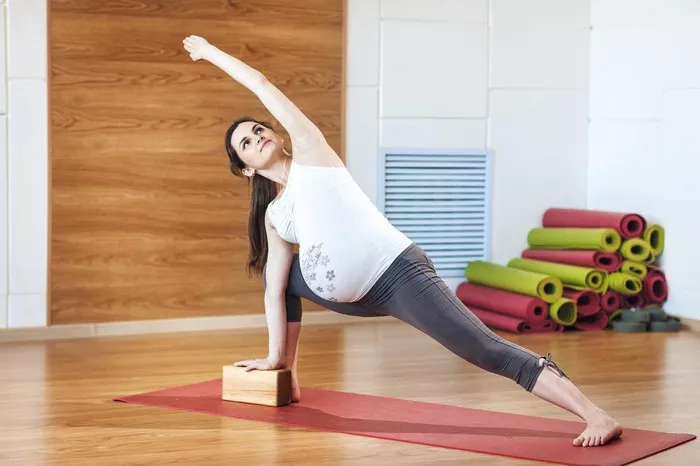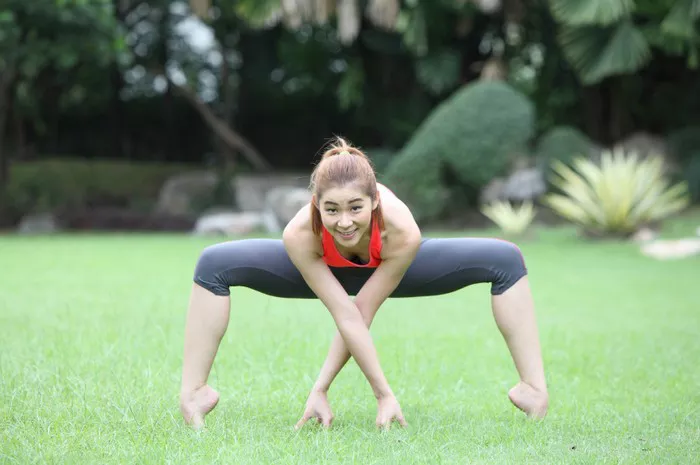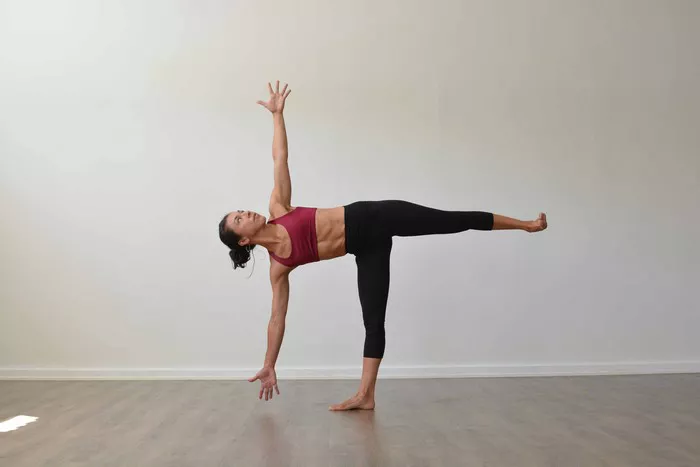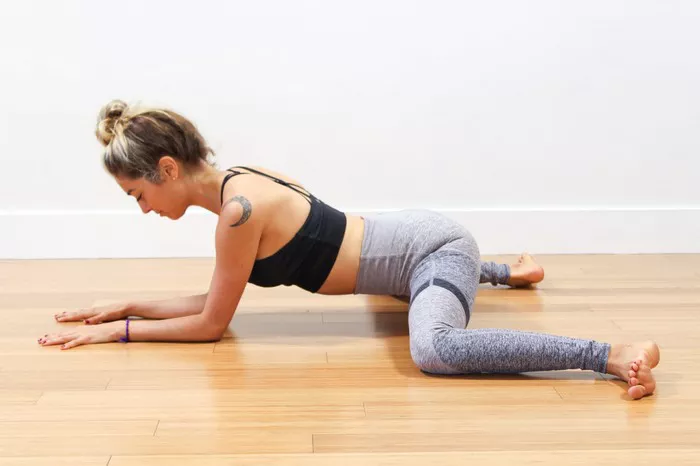Sciatica is a common condition characterized by pain that radiates along the sciatic nerve, which runs down one or both legs from the lower back. While yoga can often help alleviate sciatic pain by improving flexibility and promoting relaxation, not all poses are beneficial. In fact, some yoga poses may worsen sciatic symptoms if practiced incorrectly or without modifications. This article outlines 12 yoga poses that individuals with sciatica should avoid, along with explanations and safer alternatives.
Understanding Sciatica and Yoga
Sciatica can result from various conditions, including a herniated disc, spinal stenosis, or piriformis syndrome. The sciatic nerve can become compressed or irritated, leading to pain, numbness, tingling, or weakness in the affected leg. Yoga, when approached thoughtfully, can be part of a therapeutic regimen to relieve this pain. However, not all poses suit every individual’s condition.
It is crucial to understand that what works for one person may not be safe for another. Therefore, individuals with sciatica should consult with a healthcare provider and an experienced yoga instructor to develop a tailored practice. Awareness and caution are essential, especially regarding poses that involve deep forward folds, excessive spinal flexion or rotation, and intense hamstring stretches.
1. Standing Forward Bend (Uttanasana)
This pose involves a deep forward fold at the hips, which can place significant stress on the lower back and hamstrings. For someone with sciatica, this compression can aggravate nerve pain and potentially worsen the condition. While the pose aims to stretch the back of the body, it often leads to excessive rounding of the spine if proper alignment is not maintained.
Instead of practicing full Uttanasana, individuals with sciatica can opt for a supported half forward fold, using a chair or yoga blocks. This alternative maintains spinal integrity and reduces pressure on the sciatic nerve.
2. Seated Forward Fold (Paschimottanasana)
Like Uttanasana, this pose involves spinal flexion and hamstring stretching, both of which can irritate the sciatic nerve. The seated forward fold can cause the lower back to round and the pelvis to tilt backward, especially in individuals with tight hamstrings or poor flexibility. This can place undue pressure on the lumbar spine.
Safer alternatives include reclining poses like Supta Padangusthasana (Reclining Hand-to-Big-Toe Pose) using a strap, which allows for hamstring stretching without compressing the spine.
3. Downward-Facing Dog (Adho Mukha Svanasana)
Though a fundamental pose in many yoga practices, Downward-Facing Dog can exacerbate sciatica due to its intense hamstring engagement and spinal lengthening. If hamstrings are tight, the pose often leads to compensatory rounding of the lower back and excessive pressure in the lumbar region.
Practitioners with sciatica should perform this pose with bent knees and avoid forcing the heels to the floor. Alternatively, they may benefit more from Tabletop stretches or supported variations.
4. Forward Lunge (Anjaneyasana) with a Backbend
The classic lunge with a backbend can be problematic for individuals with sciatica due to the back arching involved. Hyperextending the lumbar spine may lead to compression in the lower vertebrae, irritating the sciatic nerve.
To modify, one can practice a neutral spine lunge or a low lunge with the back knee supported and the torso upright. This keeps the pelvis aligned and prevents unnecessary lumbar stress.
5. Full Wheel Pose (Urdhva Dhanurasana)
This intense backbend demands significant spinal flexibility and strength. For those with sciatica, it can cause excessive pressure on the lower back and aggravate nerve pain. The extreme extension required in Full Wheel can lead to impingement in the lumbar spine, especially if the pose is forced.
Instead, bridge pose with support or gentle sphinx pose may be more appropriate. These options offer back strengthening without the intense compression of a full backbend.
6. Standing Split (Urdhva Prasarita Eka Padasana)
Standing Split combines forward folding and single-leg balancing, both of which can create instability and increase the risk of over-stretching the hamstrings. The standing leg often bears excessive weight and strain, which can affect the sacroiliac joint and the sciatic nerve.
A safer approach would be to practice supported hamstring stretches lying on the back or using a wall to reduce gravitational force and maintain alignment.
7. Revolved Triangle Pose (Parivrtta Trikonasana)
This pose involves a deep spinal twist combined with a forward bend, making it risky for individuals with sciatica. The twisting motion can cause spinal compression and may pull on the sciatic nerve, especially if flexibility is limited or alignment is off.
Instead, practicing gentle supine twists or avoiding twisting in forward bends is advisable. Focus on elongating the spine without rotating too far.
8. Boat Pose (Navasana)
While great for strengthening the core, Boat Pose can stress the lower back if performed with incorrect alignment. For those with sciatica, the L-shaped sitting position can irritate the lumbar region and compress the sciatic nerve.
A better alternative would be bent-knee Navasana or supported core work using props to maintain a neutral spine.
9. Plow Pose (Halasana)
Plow Pose involves deep spinal flexion, which is not advisable for individuals with sciatica. The position may place extreme pressure on the cervical and lumbar spine, leading to nerve irritation and discomfort.
Instead, legs-up-the-wall pose (Viparita Karani) provides gentle inversion without spinal flexion and is often more restorative.
10. Head-to-Knee Forward Bend (Janu Sirsasana)
This asymmetrical forward fold can strain both the lower back and hamstrings unevenly. If the pelvis is not properly aligned, the pose may compress the sciatic nerve on one side, exacerbating symptoms.
A safer variation includes reclining hamstring stretches or supported forward bends using props to ensure spinal neutrality.
11. Pigeon Pose (Eka Pada Rajakapotasana)
Pigeon pose is often recommended to stretch the piriformis muscle, which can help alleviate sciatic pain caused by piriformis syndrome. However, for individuals with spinal disc-related sciatica, this pose can be dangerous due to the torque it places on the hip and lower spine.
To safely stretch the piriformis, try supine variations like Figure-Four stretch, which provide similar benefits with better spinal support.
12. Cobra Pose (Bhujangasana) with Overextension
While gentle backbends can be beneficial, overextending in Cobra Pose can compress the lower back and increase sciatica symptoms. Many people overarch the spine while trying to lift higher, leading to potential nerve impingement.
Practicing a low cobra with engagement of the core and legs helps protect the spine. Focus should be on elongation rather than height.
Conclusion
Yoga can be a valuable tool for managing sciatica, but it must be practiced with care. The key is to avoid poses that excessively stretch or compress the lumbar spine and sciatic nerve. Each individual’s condition is unique, so personalized guidance from qualified professionals is crucial.
With the right approach, yoga can help reduce pain, improve mobility, and enhance overall well-being. By avoiding these 12 potentially harmful poses and focusing on safe alternatives, individuals with sciatica can practice yoga safely and effectively.
FAQs
What type of yoga is best for sciatica?
Gentle forms of yoga, such as Hatha, restorative, or therapeutic yoga, are generally more suitable for individuals with sciatica. These styles emphasize alignment, breath, and slow movements.
Can yoga make sciatica worse?
Yes, certain yoga poses that involve deep forward bends, intense backbends, or spinal twists can aggravate sciatica. Always consult a healthcare provider and work with a knowledgeable instructor.
Are there any yoga poses that relieve sciatica pain?
Yes. Poses such as Child’s Pose, Cat-Cow, Bridge Pose, and Supine Figure-Four Stretch can help relieve sciatica symptoms when done correctly and with modifications if needed.
Should I stop practicing yoga if I have sciatica?
Not necessarily. It’s important to avoid problematic poses and instead focus on safe, gentle movements. Always listen to your body and seek professional guidance.
How often should I do yoga for sciatica relief?
Practicing yoga 3-4 times a week with a focus on gentle stretches and proper alignment can be beneficial. Consistency, combined with medical advice, enhances results.
Related Topics:

